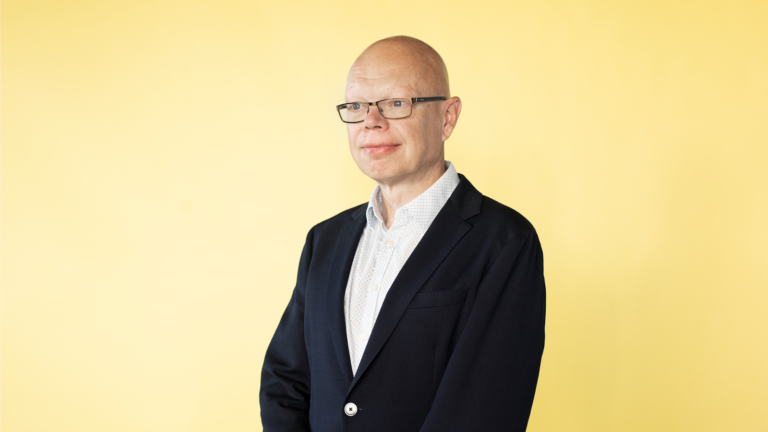The four propositions that form the basis of Digivisio – MyData for the learner, the learner’s benefit at the centre of development, making higher education institutions into open communities with knowledge-based management, and giving individuals and society access to data – offer a great starting point for ambitious services. Usually, the examples of ideas and implementations are selected within a sector or among well-known companies and services. You can be inspired by them, but also by almost anything else, like art.
“I have never seen a bigger show in my life,” wrote Laura Cumming in her article published in The Guardian on Damien Hirst’s exhibition Treasures from the Wreck of the Unbelievable at the 2017 Venice Biennale. In the lobby I knew that I would never forget this experience. The artworks on exhibit are – as the story goes –from a ship that sunk in the Indian Ocean 2000 years ago. The size and subjects of the artworks are mesmerising; they combine ancient sculptures and stories with modern methods and pop culture. The sculptures were actually made by Hirst’s group. They were then sunk into the sea, lifted again and put on exhibition. There is also a book and a movie on the artworks and how they were “found”. There is one thing in common with all the artworks on exhibit and Hirst’s other works, such as a platinum cast of a skull encrusted with 8,601 diamonds. He has managed to combine an idea and its implementation in a way that viewers perceive as meaningful.
I’m looking at a work of art painted on the side of a building in Los Angeles. We have seen it in numerous news articles, documentaries and websites. In this Banksy’s graffiti, a girl is on a swing that is attached to text that reads “parking”. Both Banksy’s and Hirst’s art is widely popular. That might be their only common feature. They are very different as artists. Hirst is a rockstar of modern art. He enjoys media attention and uses plenty of money and expertise on his artworks that have broken price records. Banksy’s identity is not known. They are opposed to commercialisation and the art institution, and their artworks are done quickly with spray paint. Actually, I was mistaken. Another common denominator is that both artists’ artworks are great combinations of a meaningful idea and its implementation.
Similar examples can also be found in Finnish artists’ catalogues. For eleven years, the subject of Hannu Palosuo’s paintings was a chair. He was interested in the impact of small changes. The chair was always the same, but he used different canvas sizes and shapes, and coloured and positioned the chair differently. The result was his desired combination of an idea and its implementation. Kaija Saariaho is perhaps the most well-known modern Finnish composer. Saariaho’s opera Emilie might be the most beautiful thing I have ever heard. It’s a perfect synergy of an idea and its implementation.
Experiences provided by art suggest that a good idea alone cannot create a meaningful experience for the audience. A good implementation is also necessary. The four propositions of Digivisio provide an opportunity to implement ambitious services.
The user insights constructed in the Digivisio programme combined with higher education institutions’ expertise and modern implementation methods create the prerequisites for a great combination of an idea and its implementation. Cooperation with higher education institutions, different national cooperation groups and key service providers enable us to consider the viewpoints and requirements of different actors and their technical interoperability.
Meaningful and goal-oriented ideas require meaningful and goal-oriented implementations. It has been great to see how we have begun to reach for these goals together, with a determined mindset.
Matti Riihimäki
ENTERPRISE ARCHITECT
Architecture, technical solutions and data security
matti.riihimaki@csc.fi
